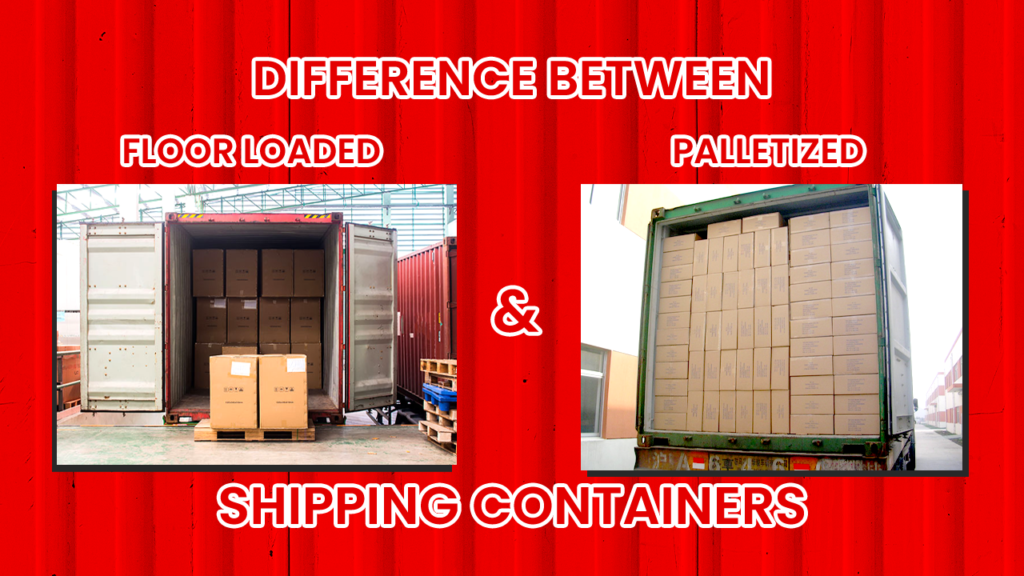The shipping landscape is full of uncertainties. Depending on how the products are shipped or what the industry ecosystem is all about, the shipping costs fluctuate. Many products are shipped in full truckload or less than truckload (FTL or LTL) freights. While you don’t get to pick whether the shipment containers are palletized or floor loaded, the difference in loading styles can affect the cost of eCommerce fulfillment invariably and implicitly. Do you want to identify the best way to load your freight? Find out if palletizing or floor loading options would work best for you!
A brief overview of floor-loaded container
In the floor-loaded containers, the contents are directly loaded into the container floor. The packing method in floor-loaded containers is known as floor stacking and it is used to fill the products in the shipping container from the floor to ceiling.
What do you know about palletizing?
Palletization is all about placing a set of products or boxes onto a pallet. In Palletization, the cargo is secured to pallets that are loaded into a container or truck. Typically the process of palletization is better for efficiency and speed, but FTL alternatives are geared towards the cost-saving benefits of relatively smaller freights.
Why choose floor-loaded shipment?
Floor-loaded shipments are typically used by shippers as they can reduce freight shipping costs. As the floor-loaded containers are filled with products completely, you don’t have to pay to ship the pallets. Floor loading can help shippers save money in the long run. However, note that like any type of shipment, FTLs need thoughtful packaging. Especially when it is a mixed shipment, ensure to keep the heavier items on the bottom.
One of the most crucial perks of floor-loading shipments is that the floor-loading freight can completely fill the container, trailer, or vehicle where it is being transported in. Floor-loaded freight is managed by individual warehouse workers one package at a time which means that the loading and unloading process will be a bit lengthy yet safe.
Why choose Palletization?
There are many advantages of palletization, and one of them is reducing damage. In case you are unfamiliar with the process, palletization is typically all about keeping everything in place in transit. When shippers organize the product into loads upon pallets, they create just the optimal orientation necessary for loading and unloading with different supply chain machinery including forklifts.
In fact, palletization also allows you to pick up different pieces in the container at once, which is a brilliant combination for swift unloading and loading. The pallets render you a standard-sized stack of products that can be picked up at once. You can evenly categorize or distribute the weight on the single solid plinth with minimal fear of damaging the goods placed at the bottom.
Concluding lines
Believe it or not, there are trade-offs to both palletized and floor-loaded freights. The one that might work best for you completely depends on what you are shipping, how much you are willing to spend on each shipment and how much time you have for shipping. Floor-loaded freight can work just fine if you are working within a limited budget. On the other hand, if time is of the essence and you are willing to spend more, palletized freight is an exceptional option.
Have more queries regarding shipping cross-country shipments? Contact us now!

